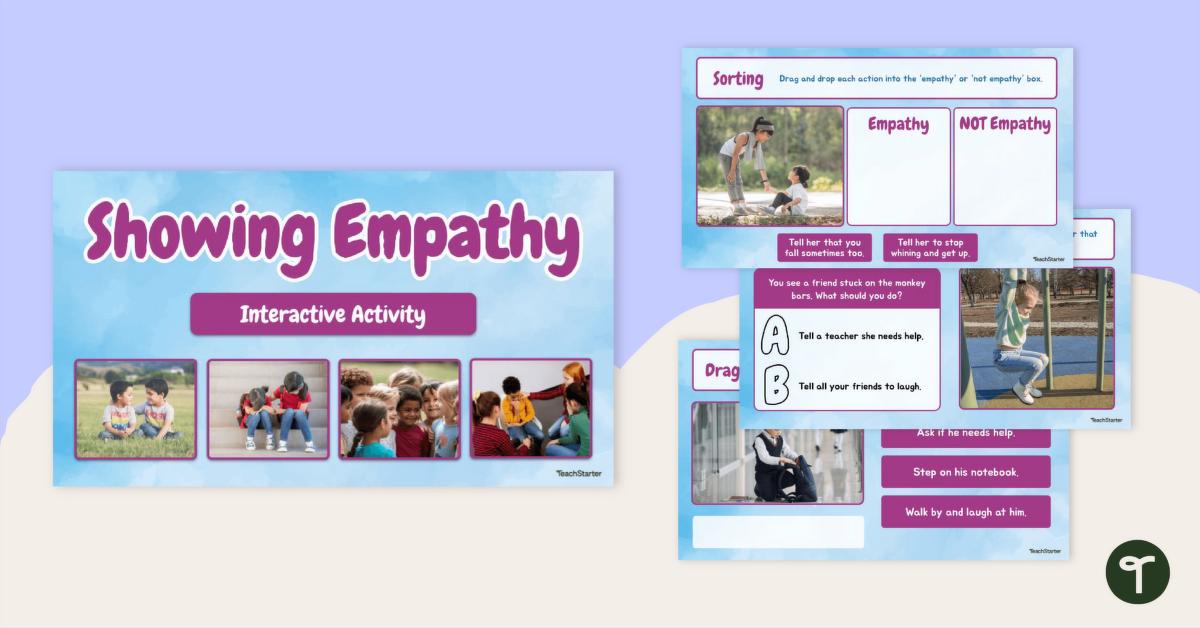Understanding Data Warehousing
Data warehousing is the backbone of many organizations' data strategies, acting as a centralized repository that consolidates information from various sources. Essentially, it’s like a giant library where data is stored, sorted, and made accessible for analysis. Think of it as the ultimate data vacation – it gathers your data from various chaotic sources and brings it to a tranquil haven where analysts can work their magic. With the ability to handle vast amounts of data, a well-structured data warehouse empowers stakeholders to make informed decisions quickly. Key benefits include:- Centralized Access: Allowing for real-time insights across departments.
- Historical Intelligence: Gathers past data to spot trends that might inform future strategies.
- Enhanced Reporting: Facilitates in-depth and improved reporting capabilities.
Agile Methodologies: The Flexible Approach
Agile methodologies in software development are akin to a well-choreographed dance, where teams must adapt to changes and pivot based on the rhythm of user feedback. Rather than a rigid plan set in stone, Agile thrives on flexibility and responsiveness. Breaking projects into sprints allows teams to deliver functional software more rapidly and adjust as they go, minimizing risk and maximizing value. Key components include:- Iterative Development: Producing components that can be tested and refined incrementally.
- User Involvement: Ensuring user feedback influences future development cycles.
- Team Collaboration: Fostering communication among team members to enhance creativity.
Performance Tuning: The Fine Art of Optimization
Performance tuning is critical for ensuring systems run smoothly and efficiently. Just like tuning a musical instrument ensures that every note hits perfectly, performance tuning makes sure software applications perform at their peak. It involves analyzing the current application performance and tweaking aspects such as databases, code, and server configurations. Here’s what to focus on:- Query Optimization: Ensuring that database queries run faster and more efficiently.
- Resource Management: Allocating system resources (like CPU and memory) wisely to meet demand.
- Application Profiling: Identifying bottlenecks in code that could impact overall performance.
Embedded Systems: The Unsung Heroes of Technology
Embedded systems may not get the spotlight like smartphones or laptops, but they are omnipresent and indispensable in modern technology. These specialized computing devices perform dedicated functions within larger systems—think of your washing machine or a smart thermostat. They’re designed to do one thing exceptionally well, often under constraints of power, memory, and processing space. Key characteristics include:- Real-time Operation: Delivering immediate responses to inputs.
- Energy Efficiency: Designed for optimal function while consuming min...






